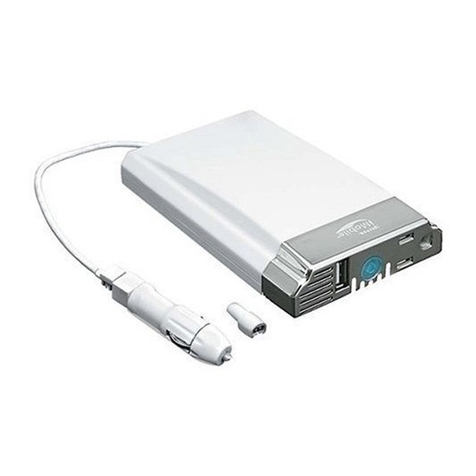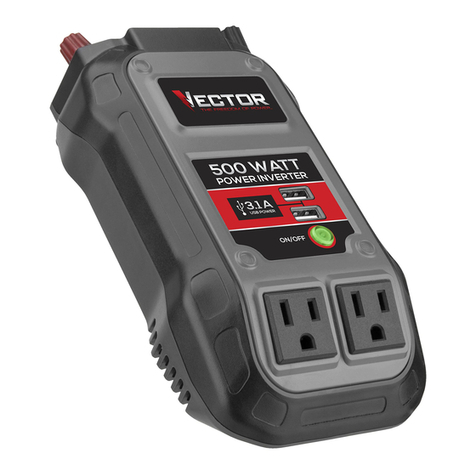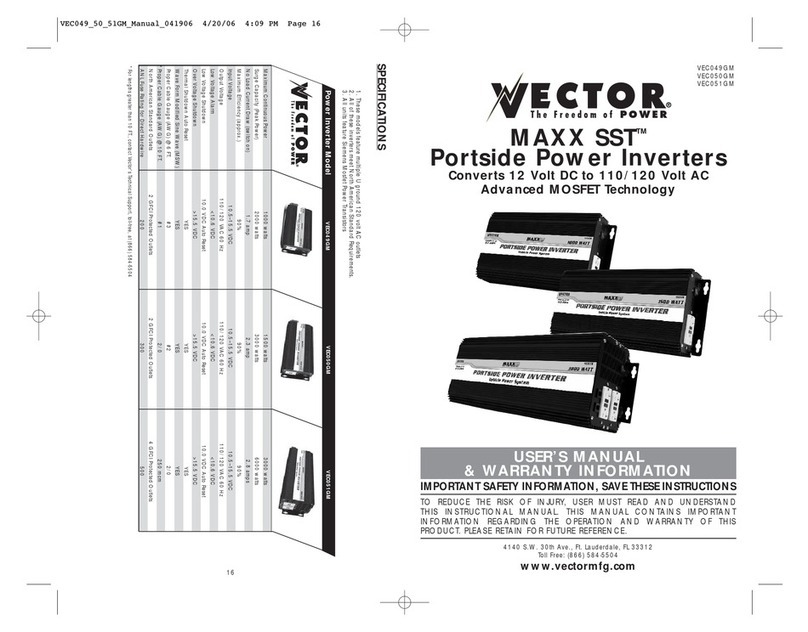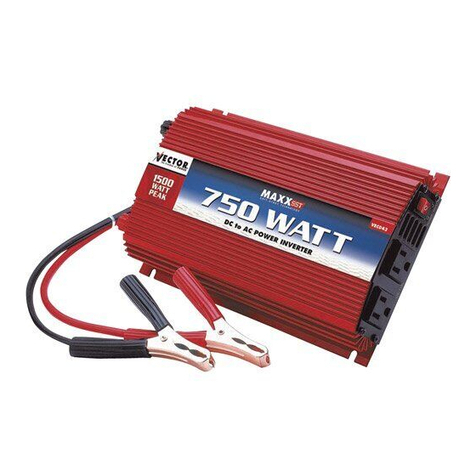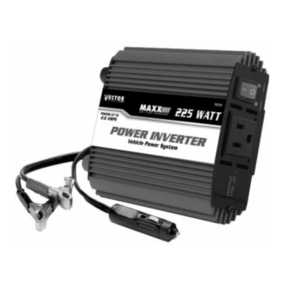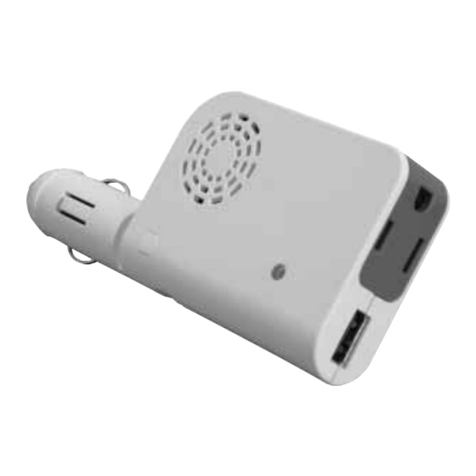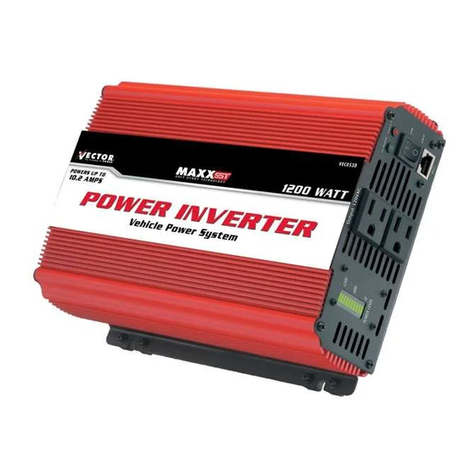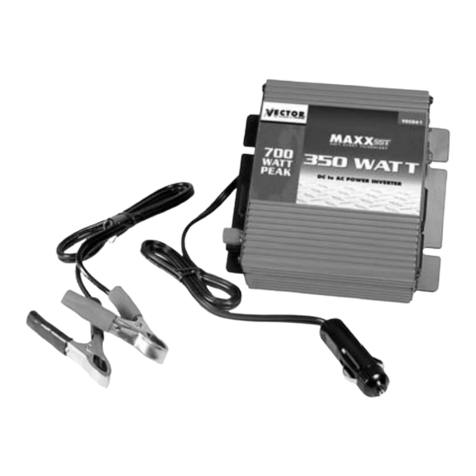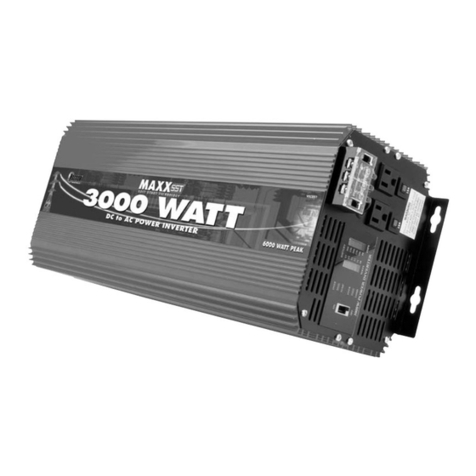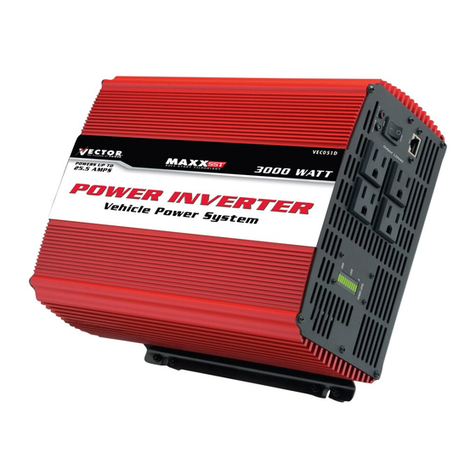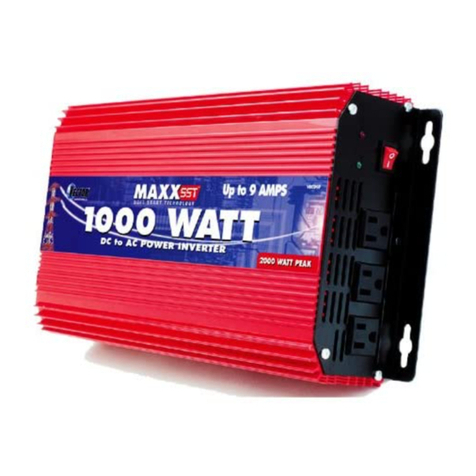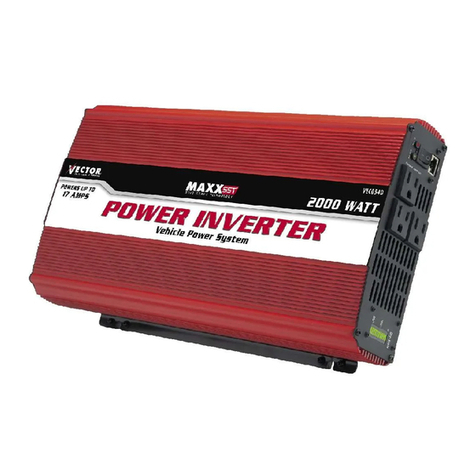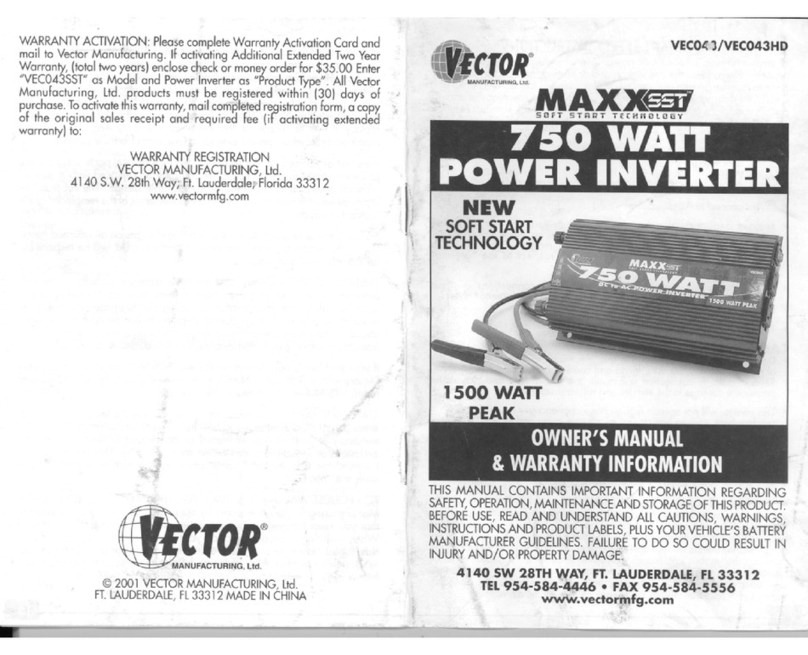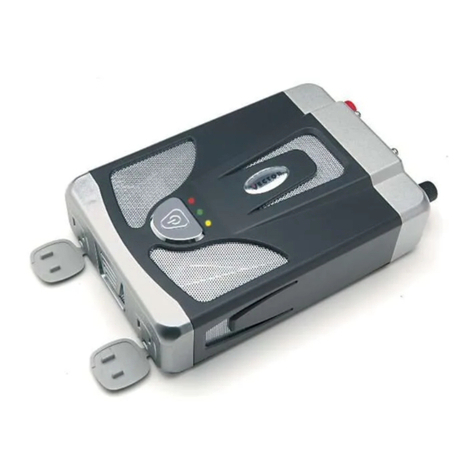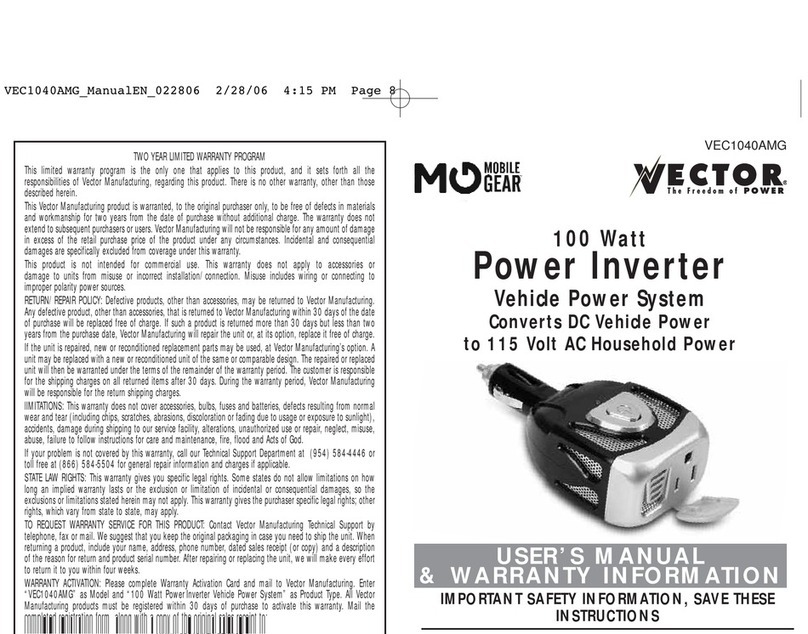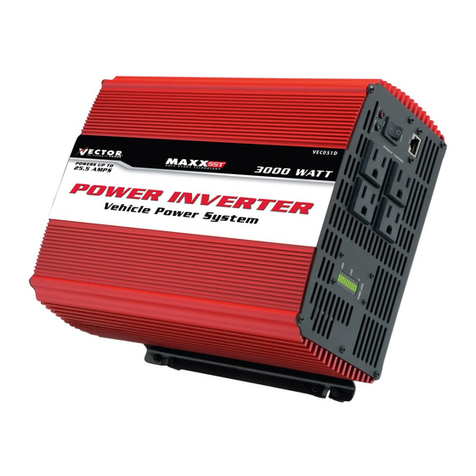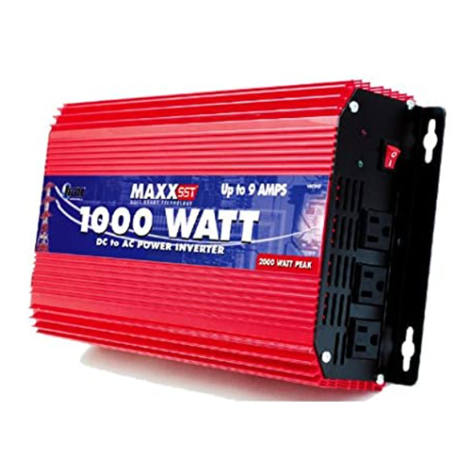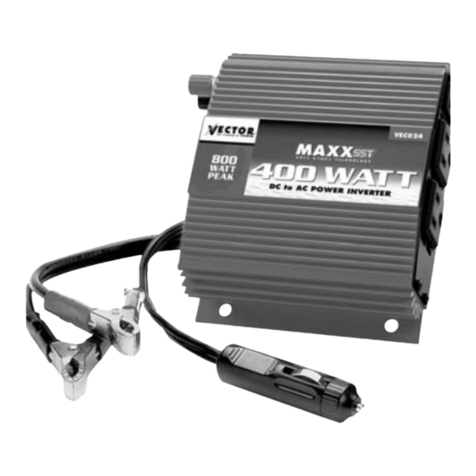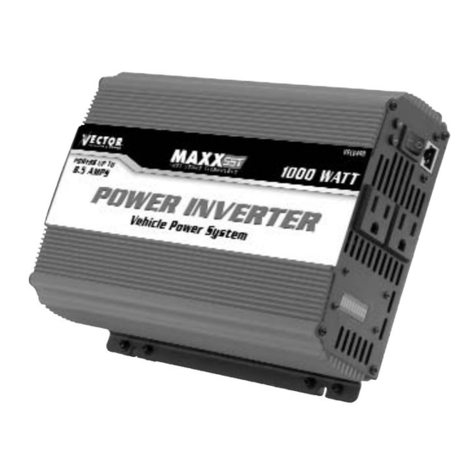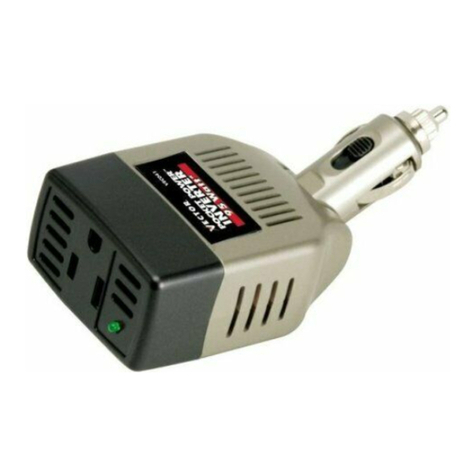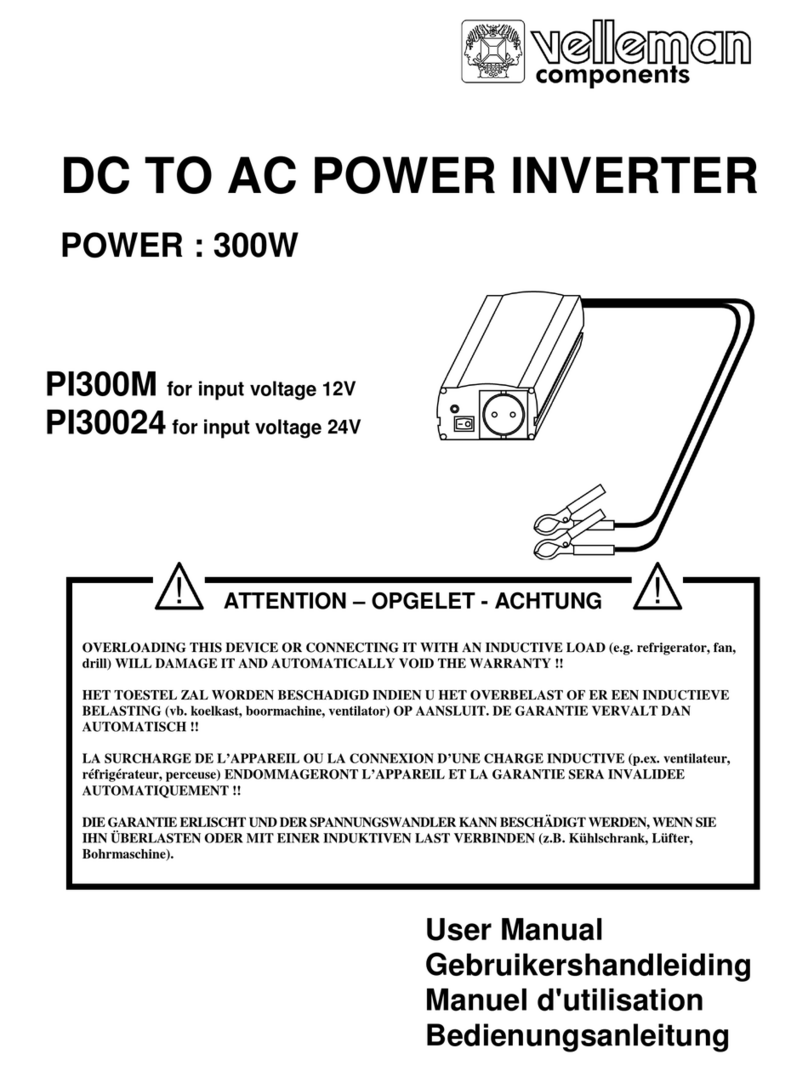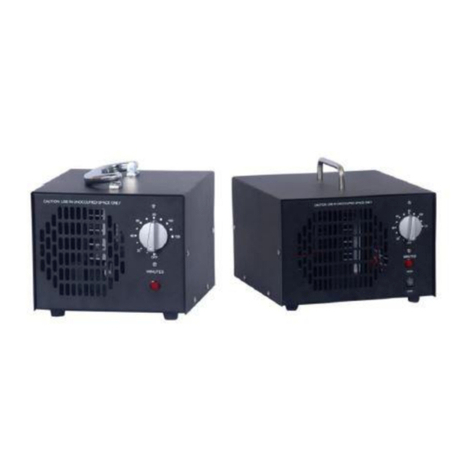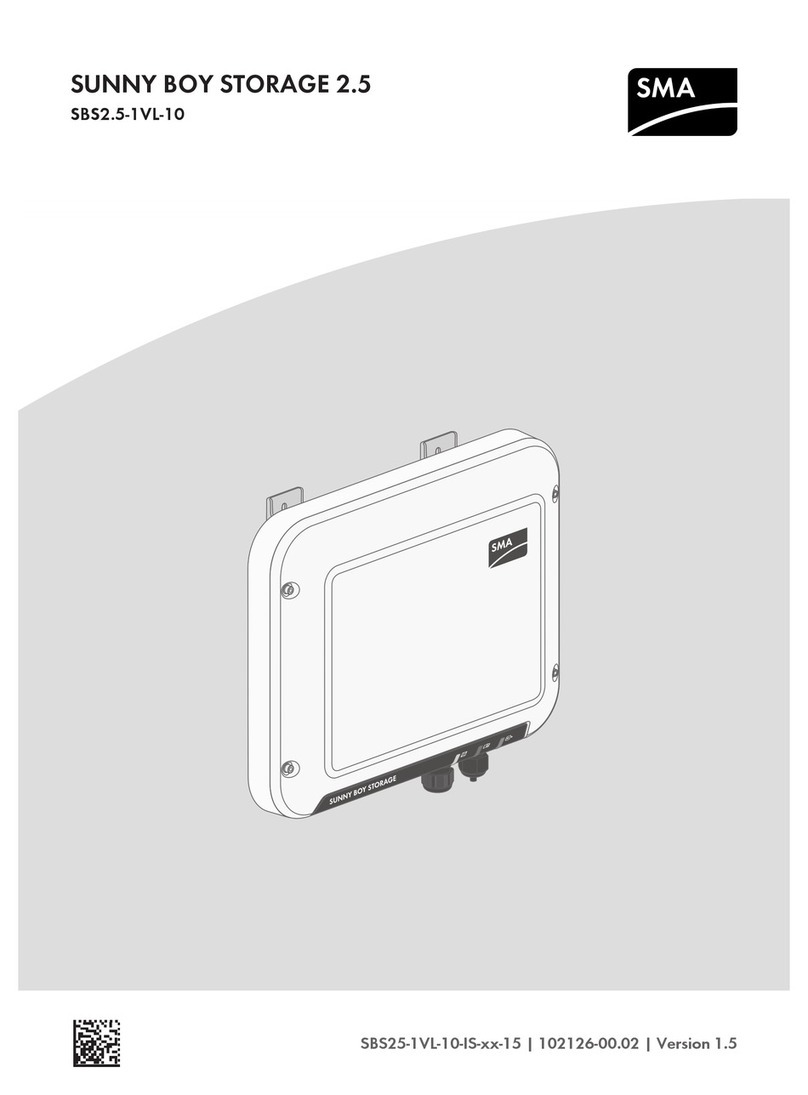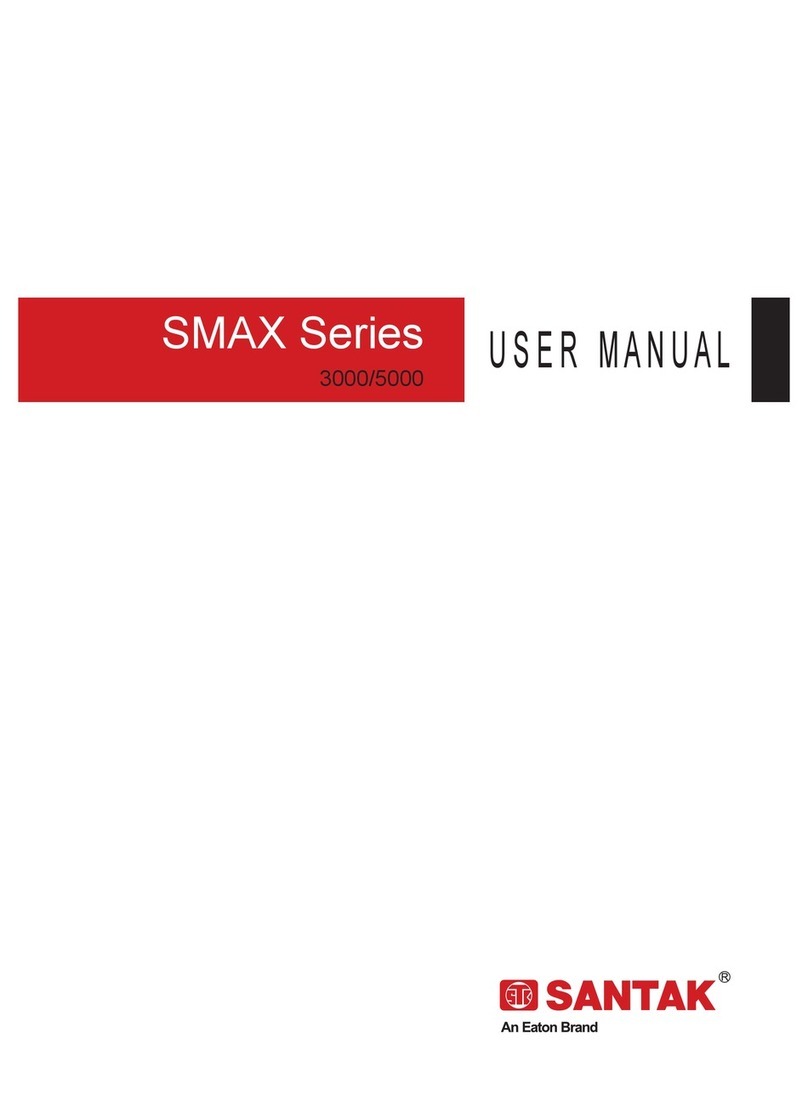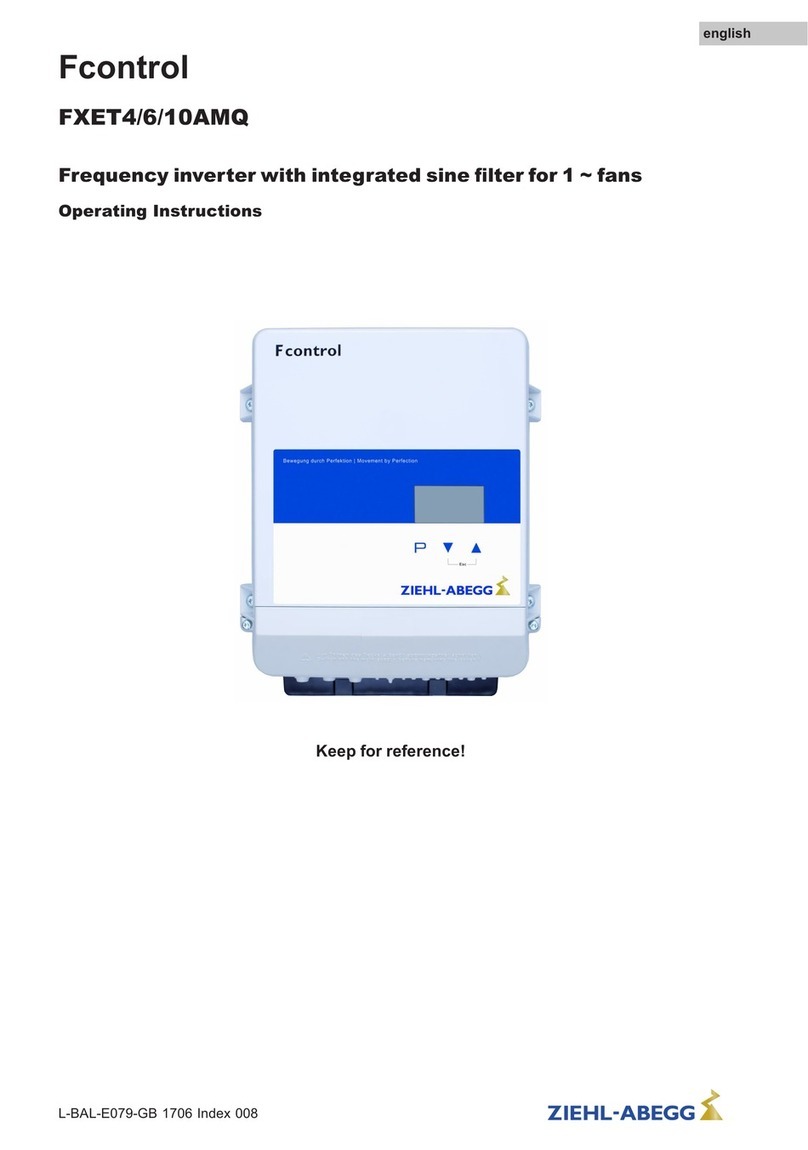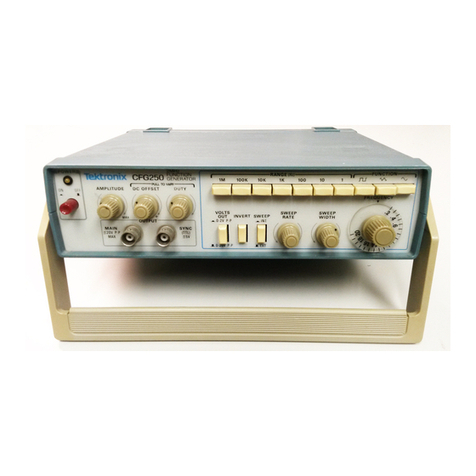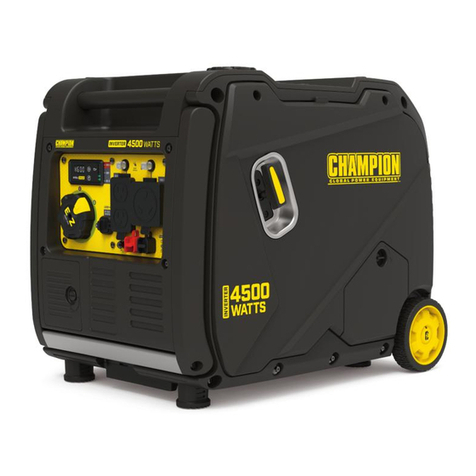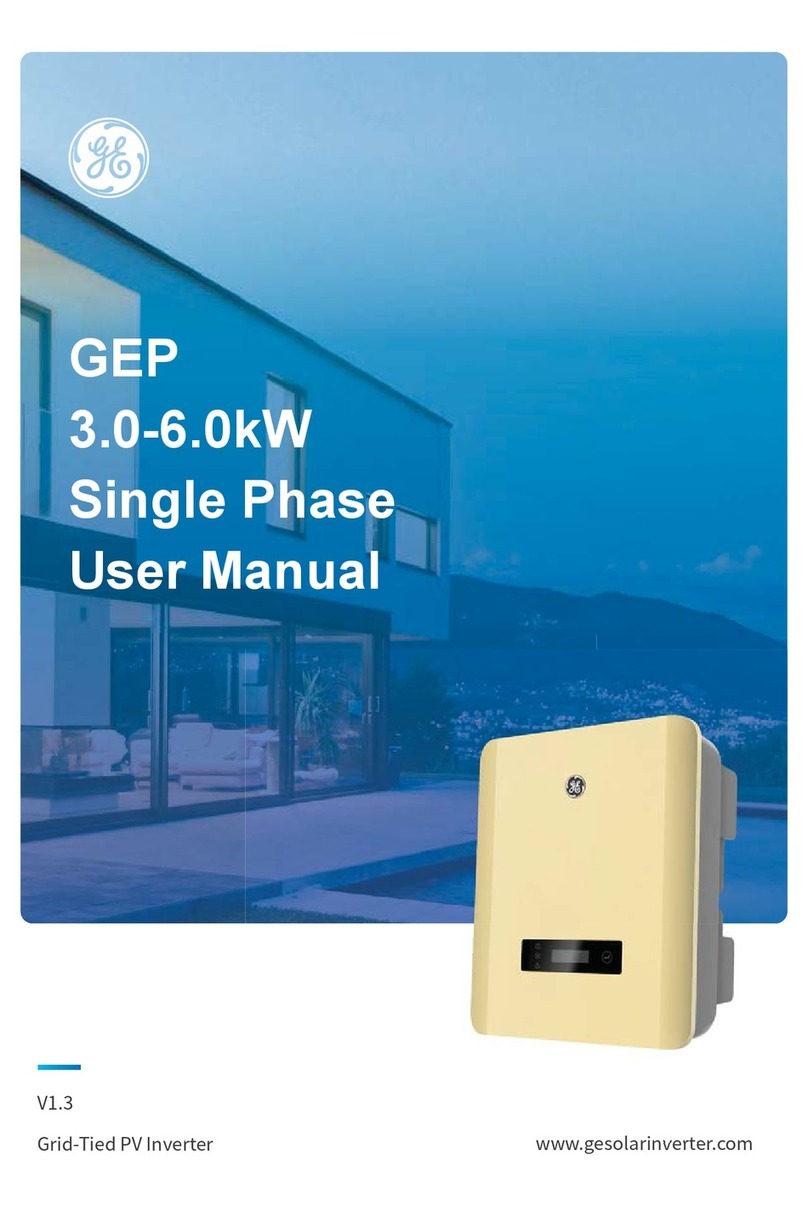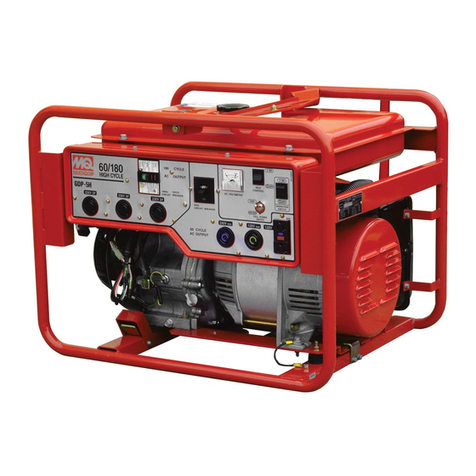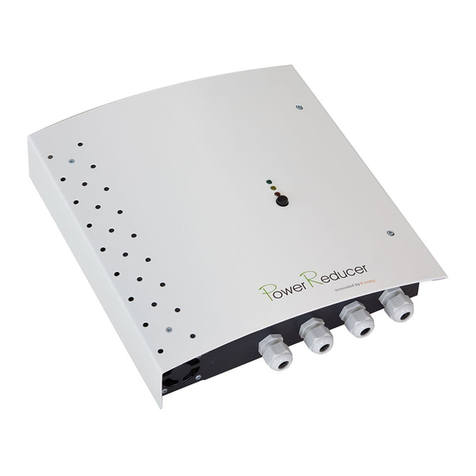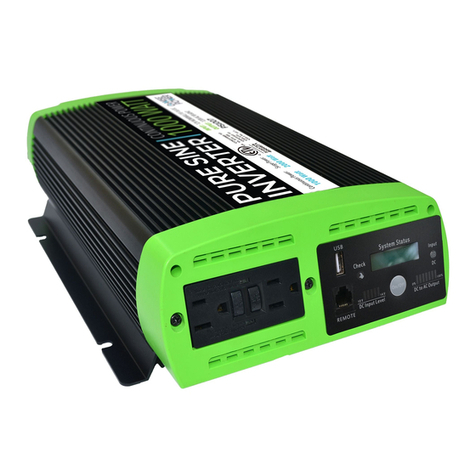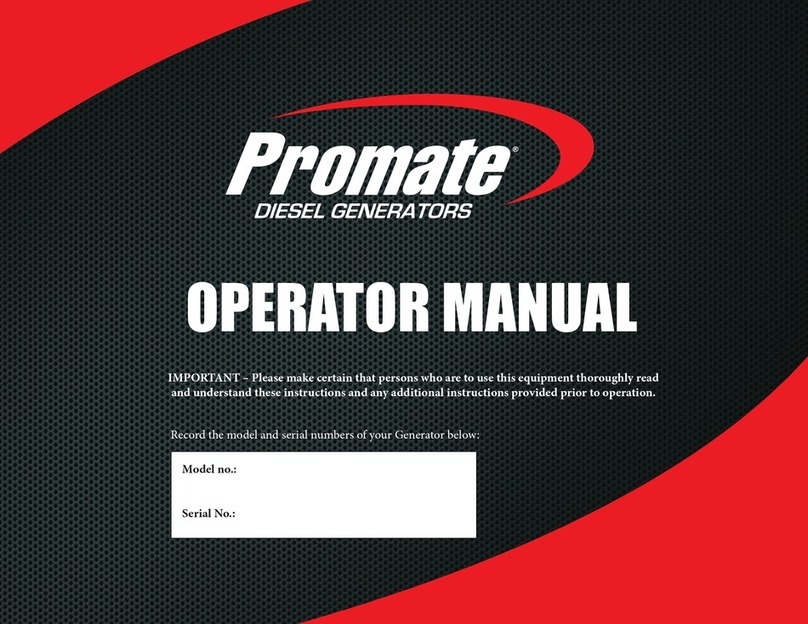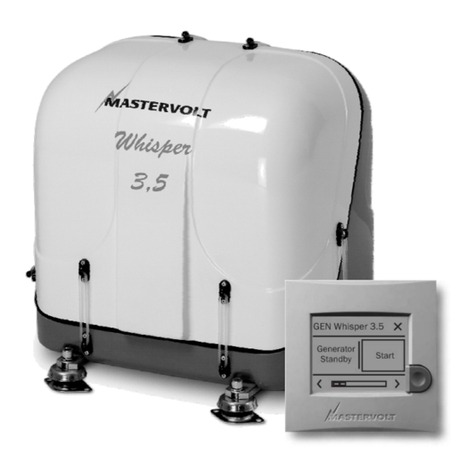degree C) non-condensing, and 105 degrees F (40 degrees C). DO NOT
place inverter on or near a heating vent or any piece of equipment which
is generating heat above room temperature. Keep the inverter away from
direct sunlight if at all possible.
VENTILATED - Keep the area surrounding the inverter clear to ensure
unrestricted air circulation. DO NOT place items on or over the inverter
during operation. A fan is helpful if the inverter is operating at maximum
power outputs for extended periods of time.
SAFE - DO NOT use the inverter near flammable materials or in any
locations that may accumulate flammable fumes or gases.
5. OPERATING TIPS
5.1 RATED VERSUS ACTUAL CURRENT DRAW OF EQUIPMENT
Most electrical tools, appliances and audio/video equipment have labels
that indicate the power consumption in amps or watts. Be sure that the
power consumption of the item you wish to operate is rated at 175 watts
or less. (If the power consumption is rated in amps AC, simply multiply by
the AC volts to determine the wattage). The inverter has overload
protection, so it is safe to try to operate equipment rated at 175 watts or
less. The inverter will shut down if it is overloaded. The overload must be
removed before the inverter will restart. Resistive loads are the easiest for
the inverter to run. However, larger resistive loads, such as electric stoves
or heaters, usually require more wattage than the inverter can deliver on a
continuous basis. Inductive loads, such as TV’s and stereos, require more
current to operate than do resistive loads of the same wattage rating.
IIII nn
nndd
dduu
uucc
cctt
ttiiiioo
oonn
nn mm
mmoo
oott
ttoo
oorr
rrss
ss,,
,, aa
aass
ss ww
wwee
eellllllll aa
aass
ss ss
ssoo
oomm
mmee
ee tt
ttee
eellllee
eevv
vviiiiss
ssiiiioo
oonn
nnss
ss,,
,, mm
mmaa
aayy
yy rr
rree
eeqq
qquu
uuiiiirr
rree
ee 22
22 tt
ttoo
oo 66
66 tt
ttiiiimm
mmee
eess
ss
tt
tthh
hhee
eeiiiirr
rr ww
wwaa
aatt
tttt
ttaa
aagg
ggee
ee rr
rraa
aatt
ttiiiin
n
nngg
gg tt
ttoo
oo ss
sstt
ttaa
aarr
rrtt
tt uu
uupp
pp
. The most demanding in this category are
those that start under load, such as compressors and pumps. Testing is the
only definitive way to determine whether a specific load can be started and
how long it can run. The unit will simply shut down if it is overloaded. To
restart the unit after a shutdown due to overloading, remove the overload
and if necessary turn the power switch OFF then ON.
CAUTION:
This inverter will not operate high wattage appliances or
equipment that produce heat, such as hair dryers, microwave
ovens and toasters.
5.2 BATTERY OPERATING TIME
With a typical vehicle battery, a minimum operating time of 2 to 3 hours
can be expected. In most instances, 5 to 10 hours of operating time is
achievable. However, Vector recommends that the operator start the vehicle
every 2 to 3 hours to recharge the battery system. This will guard against
any unexpected shut-down of the equipment and will ensure that there is
sufficient battery capacity to start the vehicle’s engine. The inverter will
sound it’s alarm when DC voltage drops to 10.6 volt.
The inverter may be used whether or not the vehicle’s engine is running.
However, the inverter may not operate while the engine is starting since the
battery voltage can drop substantially during cranking.
The inverter draws less than 0.4 ampere from the battery when it is not
supplying power to a load and power switch is in the ON position. In most
i nstances, the inverter can be left connected to the battery when not in use,
make sure power switch is in the OFF position. However, if the vehicle is to
remain unused for several days, disconnect the inverter from the battery.
6. PROTECTIVE FEATURES OF THE INVERTER
Your inverter monitors the following potentially hazardous conditions:
LOW BATTERY VOLTAGE - This condition is not harmful to the inverter but
could damage the power source.
An alarm will sound when the voltage from
the battery drops to 10.6 volts. This is an indication that the battery needs to
be recharged. The user should stop operation of the electronic device at this
time since the inverter will shut down automatically shortly thereafter, when
the battery voltage drops to 10 volts. Start your engine to recharge the
battery.
OVER VOLTAGE PROTECTION - The inverter will automatically shut down
when the input voltage exceeds 15.5 VDC.
SHORT CIRCUIT PROTECTION - The inverter will shut down. Remove the
short circuit and the inverter will auto reset.
REVERSE POLARITY PROTECTION - The inverter’s internal fuses will blow.
OVERLOAD PROTECTION - The inverter will automatically shut down
when the continuous draw exceeds 175 watts, and the inverter will auto
reset.
OVER TEMPERATURE PROTECTION - If the temperature inside the
inverter is too high , the unit will automatically shut down. Allow the unit to
cool for at least 15 minutes before restarting after a heat-related
shutdown. Unplug unit while cooling.
LOW BATTERY ALARM - An alarm will sound when the voltage from the
battery drops to 10.6 volts. This is an indication that the battery needs to be
recharged. The user should stop operation of the electronic device at this time
since the inverter will shut down automatically shortly thereafter, when the
battery voltage drops to 10 volts. Start your engine to recharge the battery.
If the low voltage alarm sounds when the battery is fully charged, follow
the steps for solving lack of output power in the Troubleshooting Guide. The
9
8
